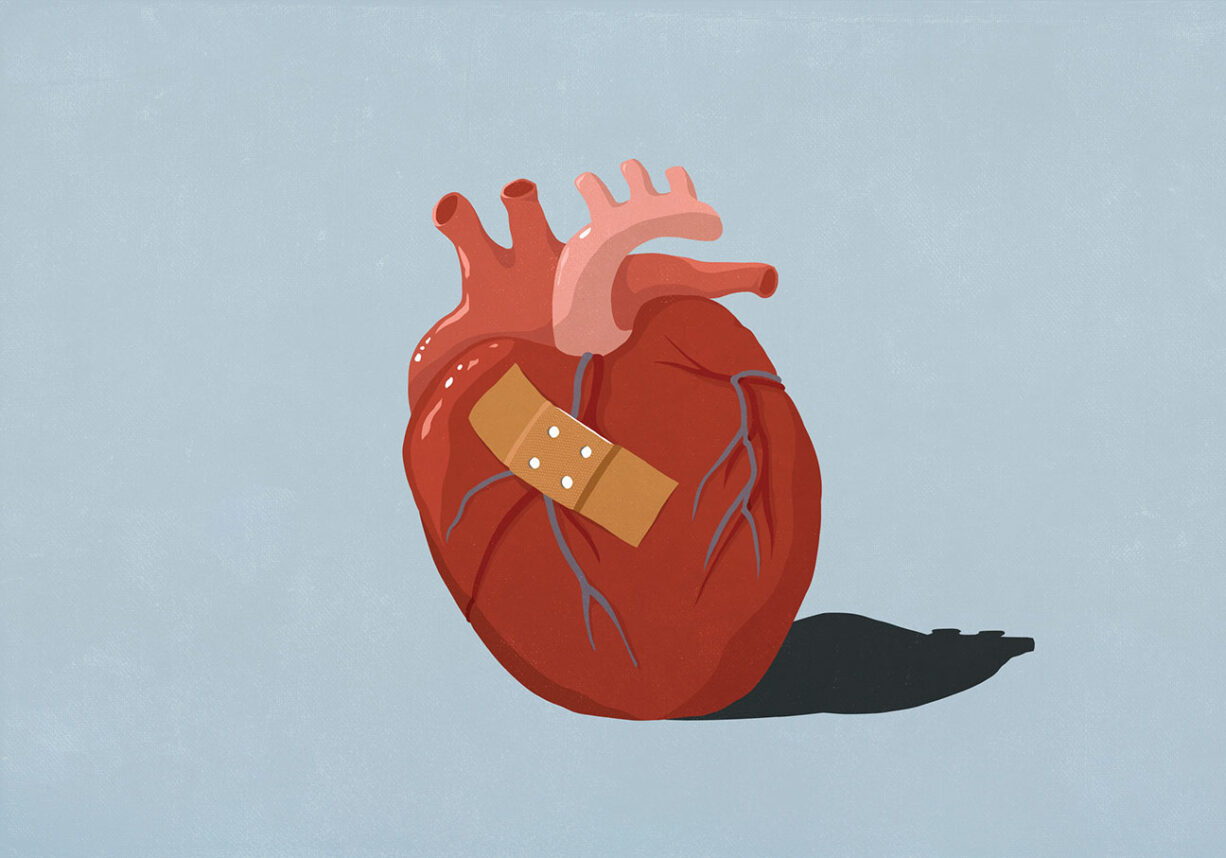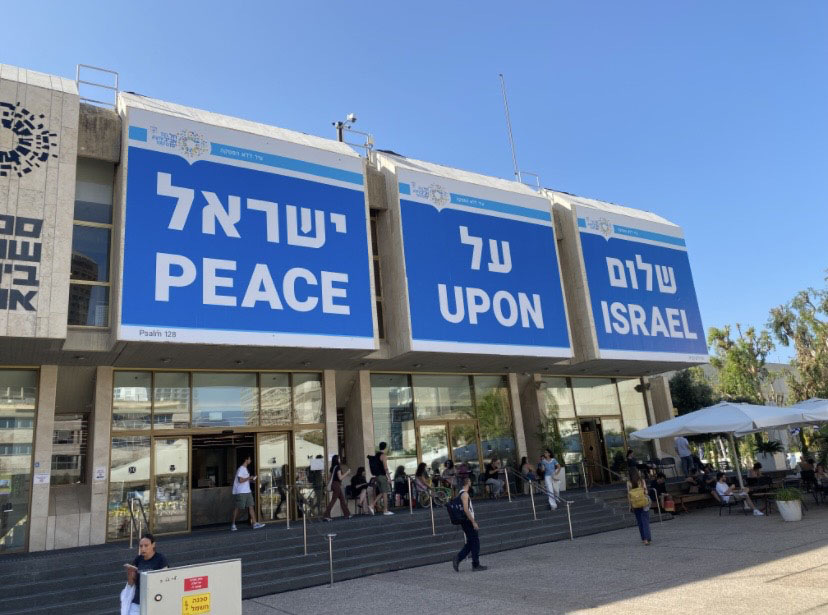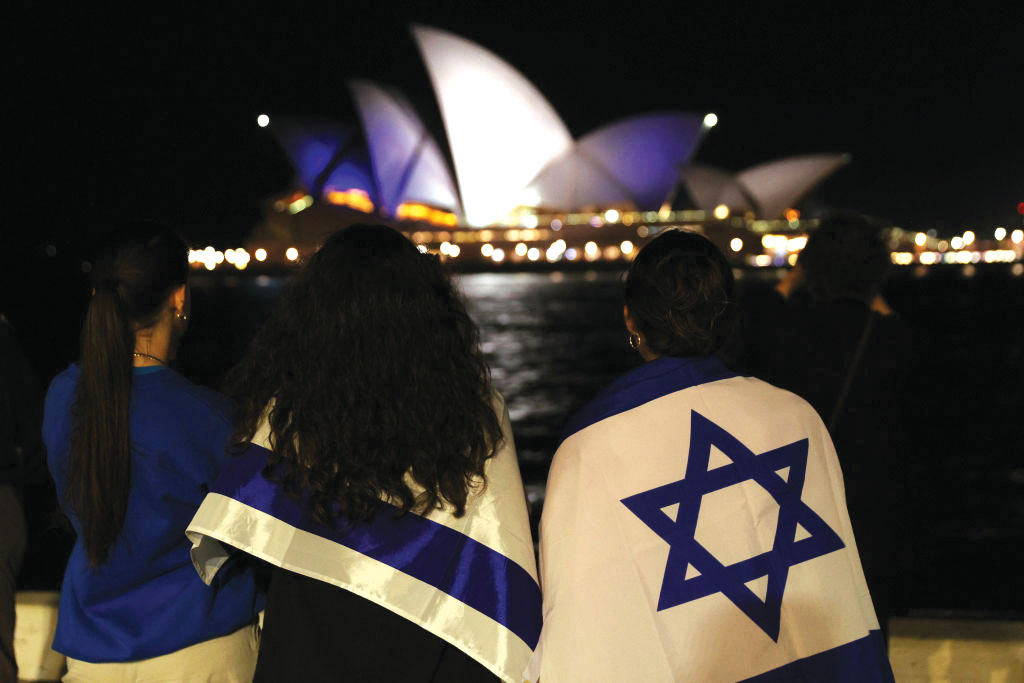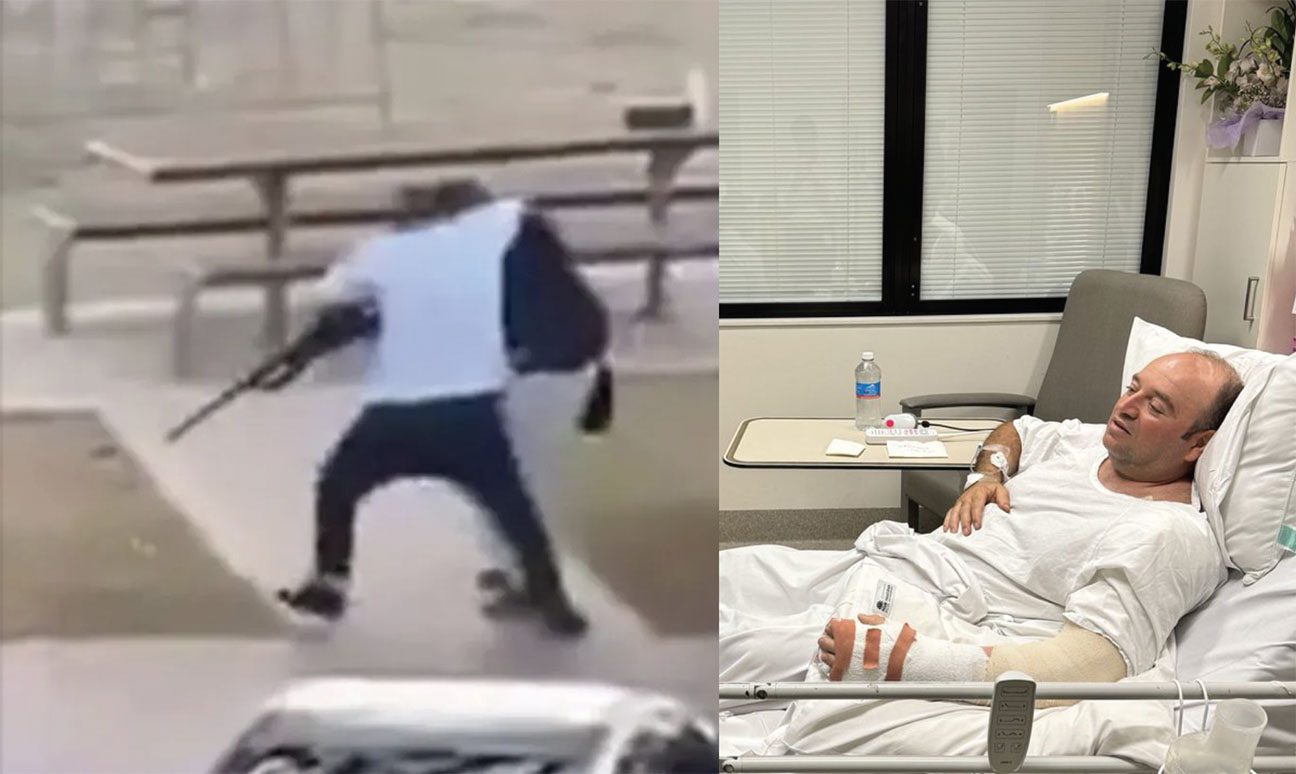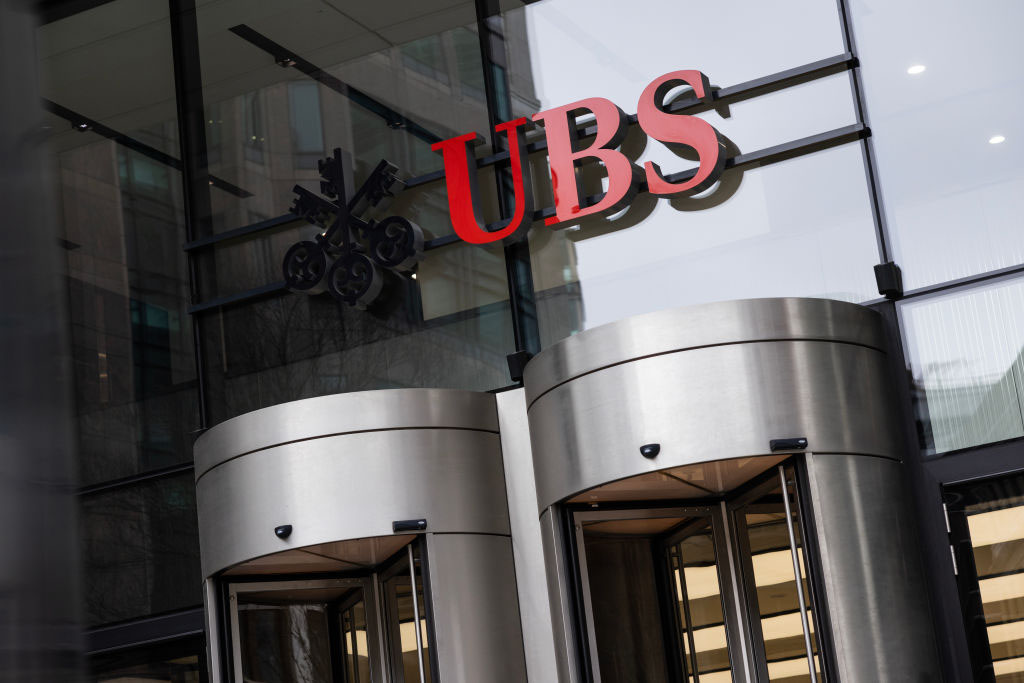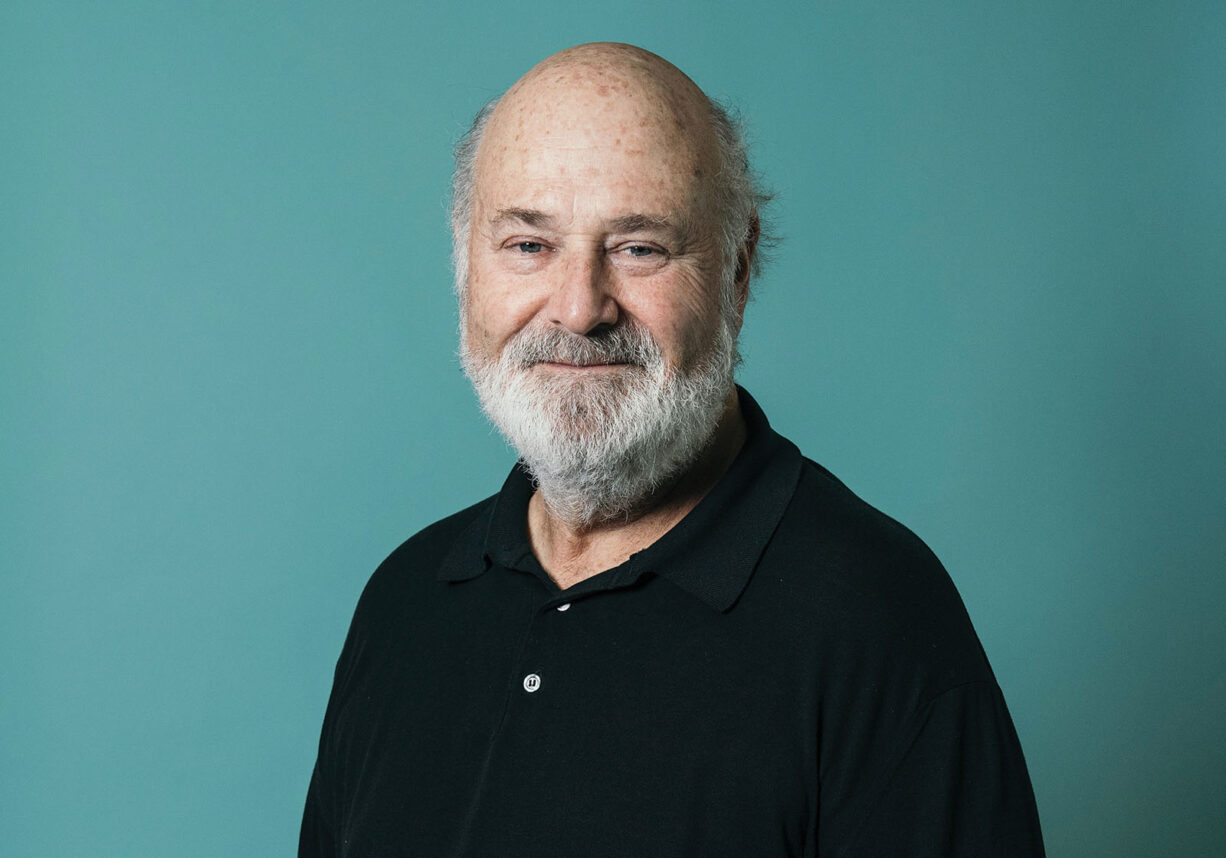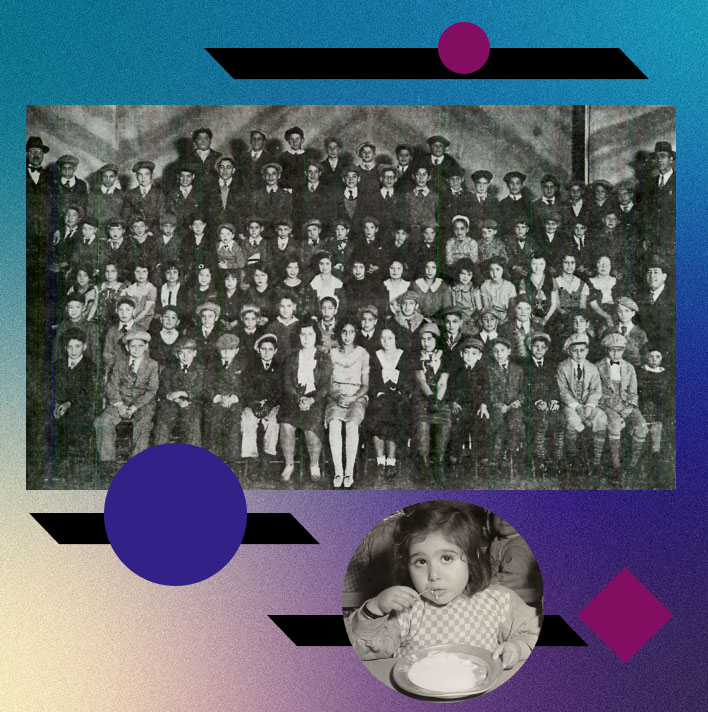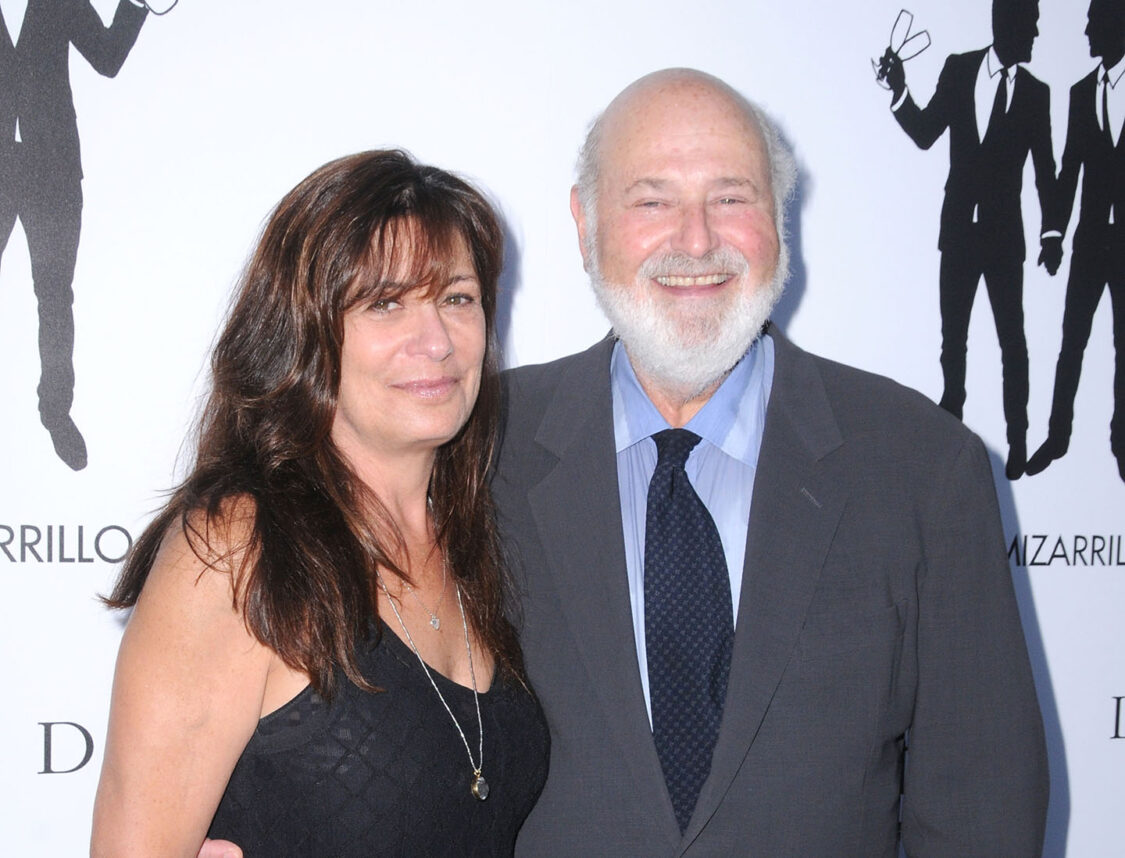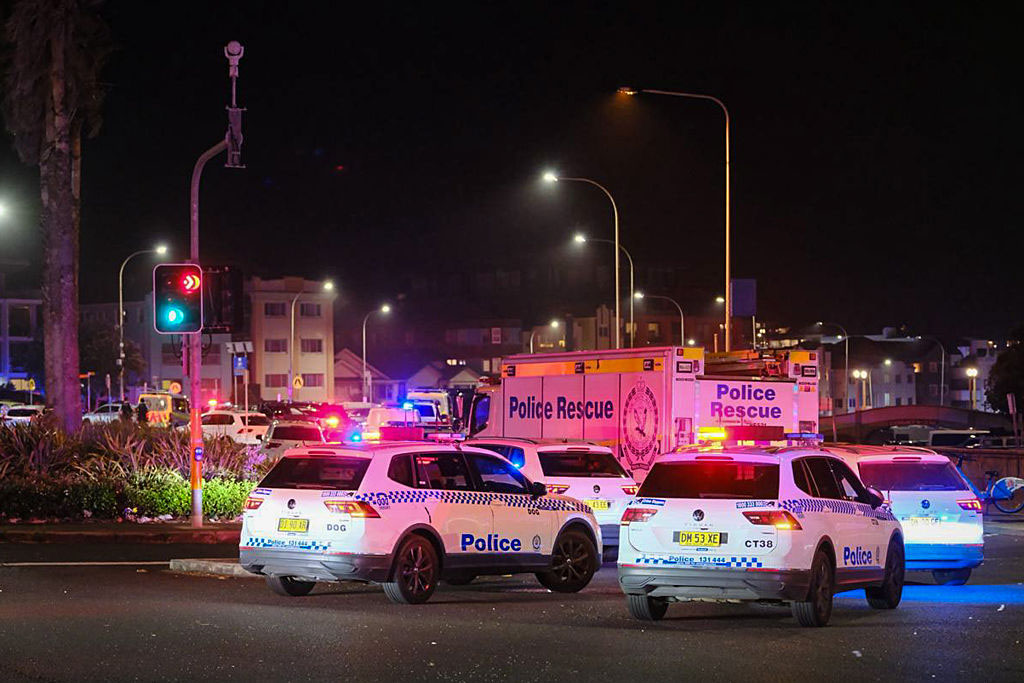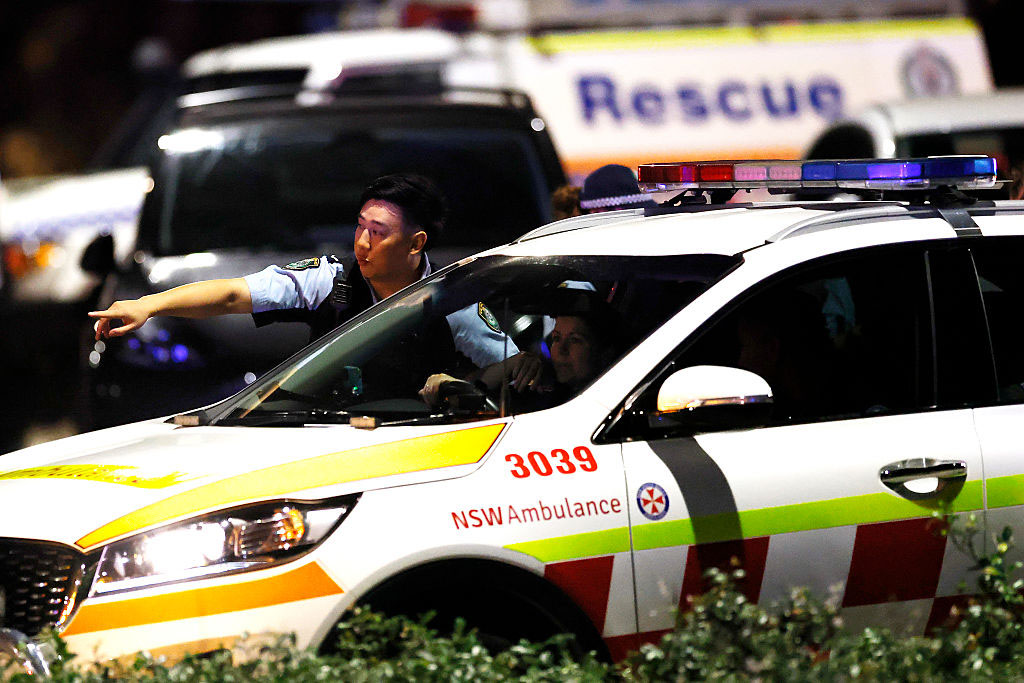Roberta Weintraub used to be a technophobe.
But that was before she decided to launch High Tech High, a public charter school in the Los Angeles Unified School District (LAUSD) that integrates technology and education. A fireball of unstoppable energy who served for 14 years on LAUSD’s Board of Education, Weintraub said she was trying to correct a deficiency in Southland classrooms — the lack of integration of media and learning.
“As I personally got more involved in computers and realized the important role they and technology play in the lives of all of us — I work at home most of the time and technology makes that possible — I wondered, ‘Why are schools still teaching like we’re in 1901?'” Weintraub said. “There’s a teacher and they are up there before the class and the blackboard is now a white board, but all the students are still sitting there. It was time to change all that.”
And change it she did, by shepherding the project through bureaucratic and political hurdles, while philanthropist Lowell Milken anchored the fundraising.
High Tech High is a different high school experience. In addition to traditional subjects like English and math, students spend time teaching robots to play basketball, and the computer equipment here is so sensitive that officials purchased a Zamboni, the machine used to clean ice skating rinks, to control the dust.
Located on the grounds of Birmingham High School in Van Nuys, High Tech High Los Angeles opened as a separate program within Birmingham in 2002, and moved into its $13 million facility last fall, with the help of a massive fundraising drive and dollars from the state and federal governments. Current enrollment is 180 students, (35 students each in the junior and sophomore classes, 110 in this year’s freshman class), with a waiting list for the 2005-2006 school year.
It was several years ago that Weintraub first heard about an innovative program in San Diego, the Gary and Jerri-Ann Jacobs High Tech High Charter School. After contacting the school’s chief executive officer, Larry Rosenstock, she made a trip to visit the school and was impressed by the scope of High Tech High San Diego’s program. With the model of how to create a technology-based charter school in hand, Weintraub turned to the business of locating the best site for her “dream school” and raising the money necessary to make her dream a reality.
Weintraub credits Milken for bringing the project to fruition. Perhaps less well-known than his brother Michael, Lowell Milken has a strong connection to Birmingham High School, having graduated from there. The school has long benefited from his generosity — he helped to create a journalism program there, among other projects — and when the new charter school’s facility was dedicated in November, it was renamed the Lowell Milken Family Foundation High Tech High-L.A in his honor.
Milken is an entrepreneur with global business interests and the chairman of Knowledge Schools, Inc., which provides early childhood education materials as well as support for before- and after-school programs. He is also chairman and co-founder of The Milken Family Foundation, which grants 100 National Educator Awards each year, and four Jewish Educator Awards annually through the Los Angeles Bureau of Jewish Education.
High Tech High fits well into Milken’s philanthropic and philosophical goals. He has long supported partnerships between business and education, and sees High Tech High as nurturing future business and technology leaders. He believes strongly in specialized training for teachers and greater access to technology for children. For most high school students, he laments, technology in school means going onto the Internet to research a paper. But at High Tech High, “the technology is [more than] a tool to drive student learning. It is integrated into the process,” he said.
Students wax enthusiastic about the school’s project-based learning.
“What I like best is the freedom the school gives you,” said sophomore Guy Chriqui, 15, as he shows a visitor around the robotics lab. “We’re responsible for our own learning.”
Chriqui and classmate Alejandra Figueroa are working together on their entry for a regional robotics competition. He describes last year’s entry, a basketball-playing robot that no one would confuse with Kobe Bryant. The robot stood about the height of person, but with the features of a hydraulic lift, and its mission was simply to throw a basketball into a hoop — no extra points for style.
Figueroa, also 15, said she appreciates both the independence and intimacy that comes from being a member of a sophomore class of only 35 students.
“You get to learn what you like,” Figueroa said. “The teacher gives you the general topic and then you get to go deeper. That, and the smaller classes means you get closer to your classmates and teachers. It’s extremely fun.”
Walk into High Tech High on a school day and you will feel like you are witnessing the birth of Isaac Asimov’s “I, Robot.” Students entering chemistry class pull a laptop off a cart before taking their seats. In the photography classroom, students get hands-on experience in producing visual images for reports and PowerPoint presentations.
Of course, the school also offers standard classes, such as English and math, and the campus is built around an attractive courtyard to balance the “Brave New World” feel.
“It’s a place where we encourage independent thinking, where you are expected to express yourself and defend your opinions,” principal Marsha Witten Rybin said.
One of the goals of High Tech High is to bring technology to minority and low-income students, and the faces in the school reflect that. Admission is granted on a lottery basis, but students tend to self-select to those who are technophiles, or as Weintraub calls them, “experimental thinkers.” Here, in this small school, they have the potential to find a camaraderie among and acceptance by their peers that can be elusive in a regular public high school.
Because High Tech High is a charter school, students from anywhere in Los Angeles may apply. Charter schools can depart from some Education Code restrictions to promote innovation. They typically have their own governing board and more freedom in terms of spending and seeking donations.
The latter is a serious issue for High Tech High, which engages in significant fundraising to pay for extras — smaller classes, technical aides — that would otherwise leave the program $350,000 in the red. The Milken Family Foundation remains the largest single donor, with others including the S. Mark Taper Foundation, the Department of Water and Power, CISCO Systems, Inc., Lexmark, Apple, Sylvan Learning Systems, IBM, Verizon, NEC Unified, Hewlett-Packard and Microsoft.
Milken said he expects many students will eventually find employment with donor companies or other leaders in information technology.
“The school is preparing them to be successful in a most challenging 21st century economy,” Milken said. “I believe these young people have a very bright future.”









